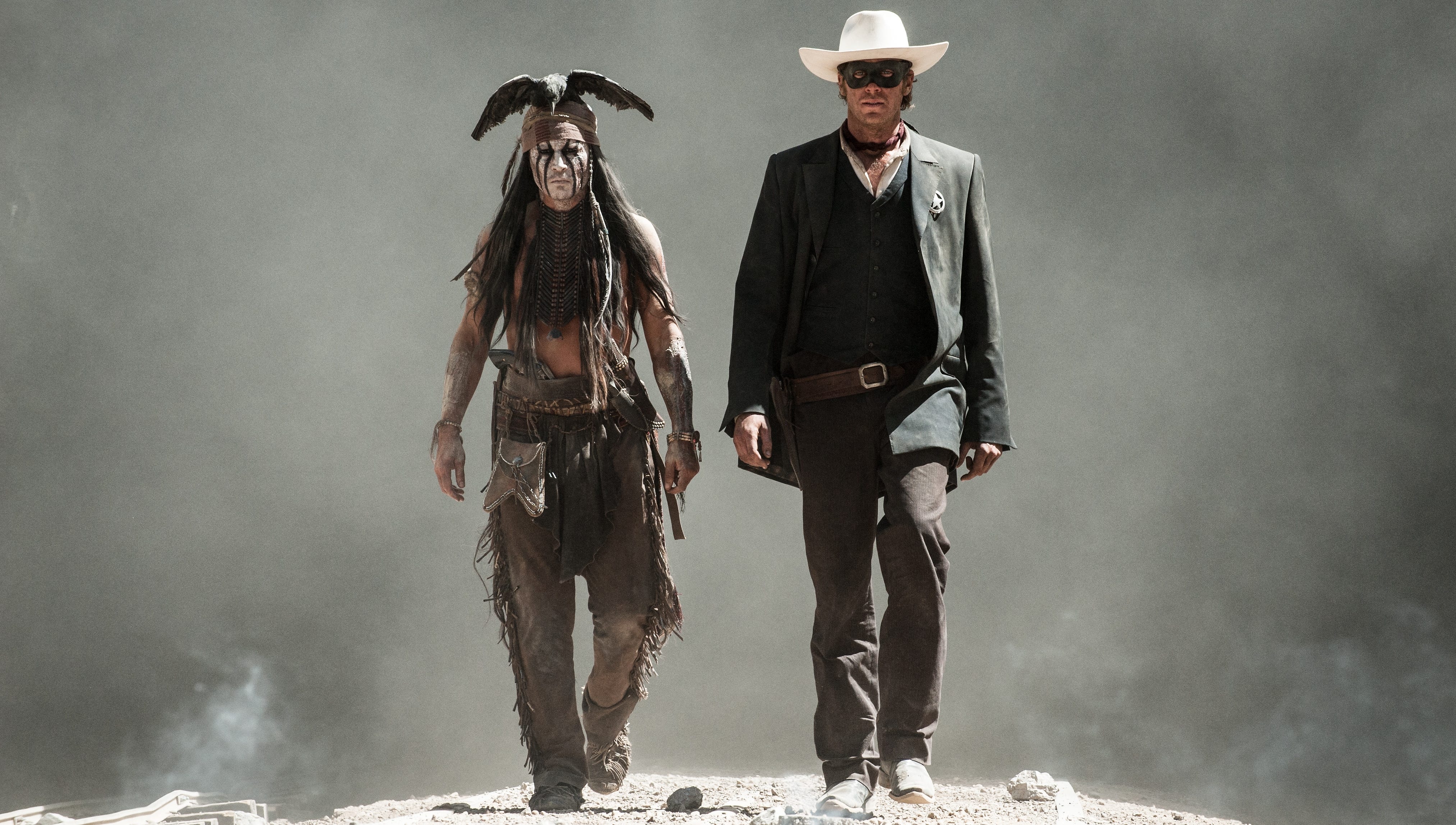


Tonto is a stereotype and that stereotype was so popular during the 1950’s TV show that, for many white Americans, the false image of Tonto became the only image of native Americans that they had.Īs of April 2010, less than 1% of the US population identified as FBI, or Full Blooded Indian. He uses a fake native word that’s supposed to mean “faithful friend” in Potowatomi but make no mistake, “ kemosabe” is not a real word and it doesn’t mean anything. Tonto doesn’t keep to his native rituals or spiritual beliefs, he doesn’t really interact with his people, and he basically defers to the white guy in the white hat in all things. There are some stories in which Tonto is wise and intelligent, but most scholars agree that Tonto is a stereotypical protrayal of a native who never masters the English language, is totally devoted to his white friend who rescued him from racist bullies (in one version of the story). He was created in 1933 for the radio show “in order to give the Lone Ranger someone to talk to”.

My second reaction was, “I really hope young people don’t see this movie and think Tonto is real.” The character of Tonto is problematic at best for all Americans, not just the native ones. It appears I needn’t have worried, since the movie bombed in its opening weekend and could cost Disney $150 million dollars. There are funny moments, but the plot is contrived, the jokes predictable, the characters one-dimensional and it’s at least 45 minutes too long. My first reaction after finally reaching the end of this seemingly interminable movie was, “I hope people don’t pay movie theatre prices to see this film.” On the most basic level, it’s just not a good movie.


 0 kommentar(er)
0 kommentar(er)
